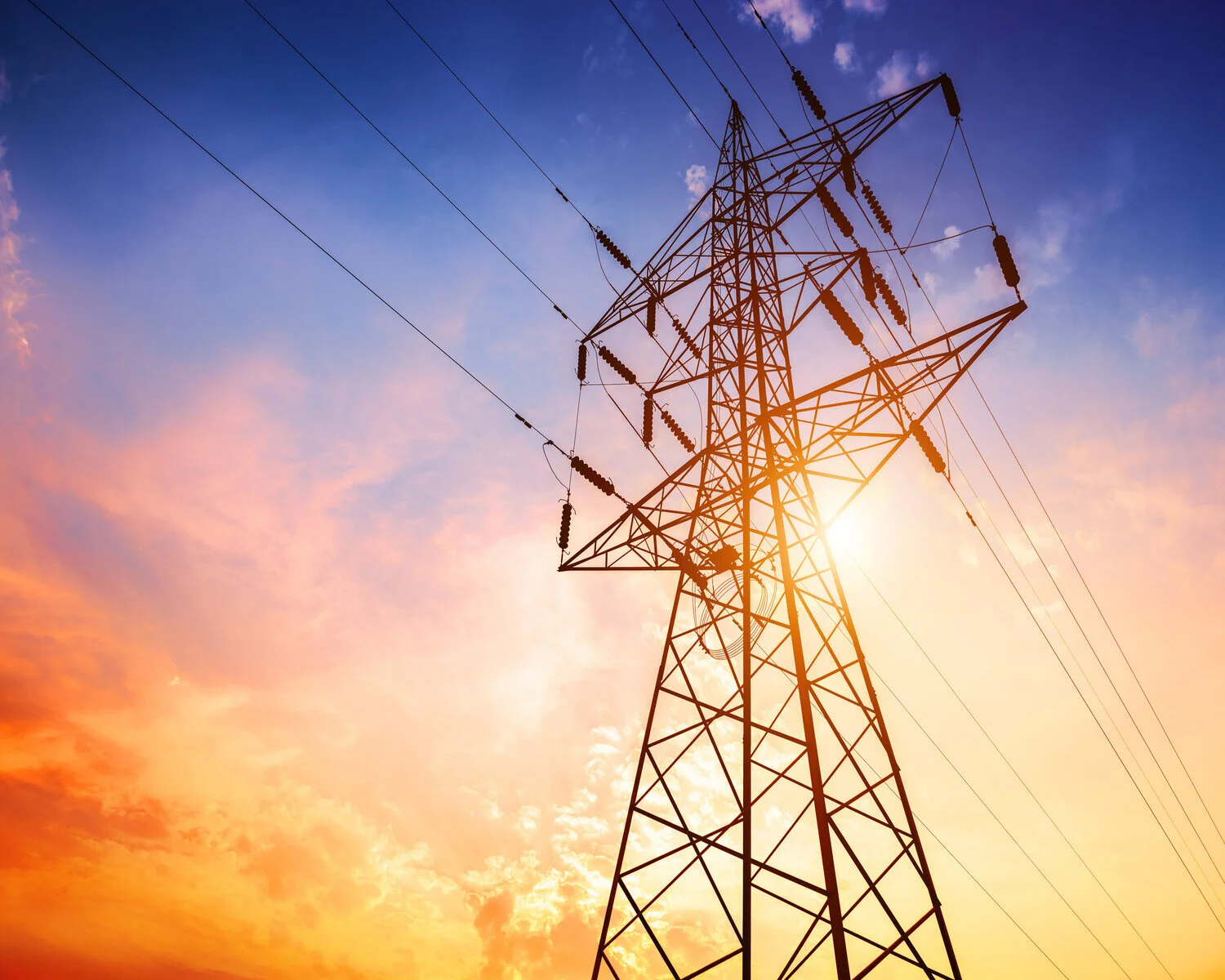
Listen to the audio version
Energy does little good if it never leaves its birthplace. To serve its purpose, it must be moved to its final destination. Transmission lines are the railways of energy, and America has never been in more dire need of a transmission revolution.
Much as drilling for oil is useless without pipelines to bring it to refineries, generating clean energy does little without electric power transmission lines to bring it to stakeholder areas (e.g. homes, businesses, and other elements of the user community). Unfortunately, the U.S. does not have adequate energy infrastructure.
Indeed, according to the U.S. Department of Energy, “we’ll need to expand transmission systems by 60% by 2030 and may need to triple those systems by 2050.” That’s a big goal if we want to provide open access to clean energy for all.
The Crisis in Brief
Transmission lines are the next needed phase of the energy transition. It is encouraging that we have extensive support for solar, wind, geothermal, and other forms of clean energy and federal tax incentives to provide an additional reason to pursue such renewables.
However, we will soon face significant bottlenecks if we do not provide the network with the energy it needs.
Think of this like getting the funds to provide thousands of people in food deserts with fresh, nutritious sustenance. The food is there. Communities have agreed to support the mission. But we don’t have enough trucks to distribute the food, nor do we have the fridges to keep the food fresh until delivery.
In regard to clean energy, transmission lines are the trucks, and battery storage is the refrigeration. We simply don’t have what we need to get the job done.
What’s Going Right … and What Isn’t
As is usually the case when undergoing a sea change, there are so many relevant factors, stakeholders, and opinions in the transmission line story that things are a bit of a mess.
The Bad
For instance, what’s missing in the above metaphor is the fact that there aren’t many groups organized against trucking fresh food to the needy, whereas there exists loud opposition to transmission lines.
Consider a highly publicized case in New England.
“For the past six years,” CNBC explains, “energy companies and Maine residents have been in a fierce stand-off over the construction of a 53-mile power line extension that would deliver 1,200 megawatts of renewable hydroelectric power from Canada to Massachusetts, which is enough to power approximately 1.2 million homes.”
Despite receiving state and federal permits, voters have issued a firm no to the project, now facing a court decision this summer.
Then there’s the fact that renewable energy sees significant losses during transmission, even more so when the energy has a longer commute. This impacts the developer’s bottom line and dramatically impacts the percentage of our nation’s energy that can be from clean sources.
Therefore, to protect our grid, increase our clean energy use, and lower losses seen by energy developers, we need significant strides in electrical transmission line development and siting; connections to transmission substations (which transform high voltage to low or vice versa) and power plants; and good networks for renewable energy such as wind, solar, hydro, and biomass.
The Good
Despite the challenges our current transmission lines pose, there are positives as well.
For instance, the Biden Administration announced in October 2023 their intention to spend $1.3 billion on the creation of three transmission lines spanning six states. The Department of Energy says that this “will advance transformative projects aimed at adding 3.5 gigawatts (GW) of additional grid capacity throughout the United States, equivalent to powering approximately 3 million homes, and creating more than 13,000 direct and indirect jobs.”
And we’re no longer in the dark, so to speak. The National Transmission Needs Study significantly advances our understanding of where new lines need to go.
Developers are also improving our ability to gauge community sentiment. Understanding what locals think is a critical element in ensuring projects move forward in a timely fashion. If we know their views beforehand, we can do a better job predicting sites that will engender enthusiasm rather than outrage and litigation.
Happily, there’s now a tool for that.
Protecting Projects by Visualizing Transmission
Formerly, developers relied on the information they could gather from Google or the assistance of consultants to help them track down information regarding potential renewable energy sites. However, it is not easy to pull up a complete picture of transmission lines in a specific area.
Some platforms that offer a transmission line dataset (think ArcGIS, OpenStreetMap, or Homeland Infrastructure Foundation-Level Data from the federal government). However, these sites don’t have a robust permitting and environmental risk arm and display how these transmission lines directly interact with other elements of your project site.
Transect, on the other hand, shows transmission lines on or near a land parcel that developers can use to find an ideal site for their next project, explore energy resources with an interactive map, and create a complete visualization of all potential site risks. They can also use such a feature layer to finalize their transmission plans for their current site.
In addition to a robust transmission lines map, Transect offers community sentiment insight. Combined with transmission line data and other features, this is the go-to tool for experts who want well-rounded information in shareable form, ready for distribution to everyone who matters.
Interested in learning more? Check out the ways Transect can support your next renewable energy project!
